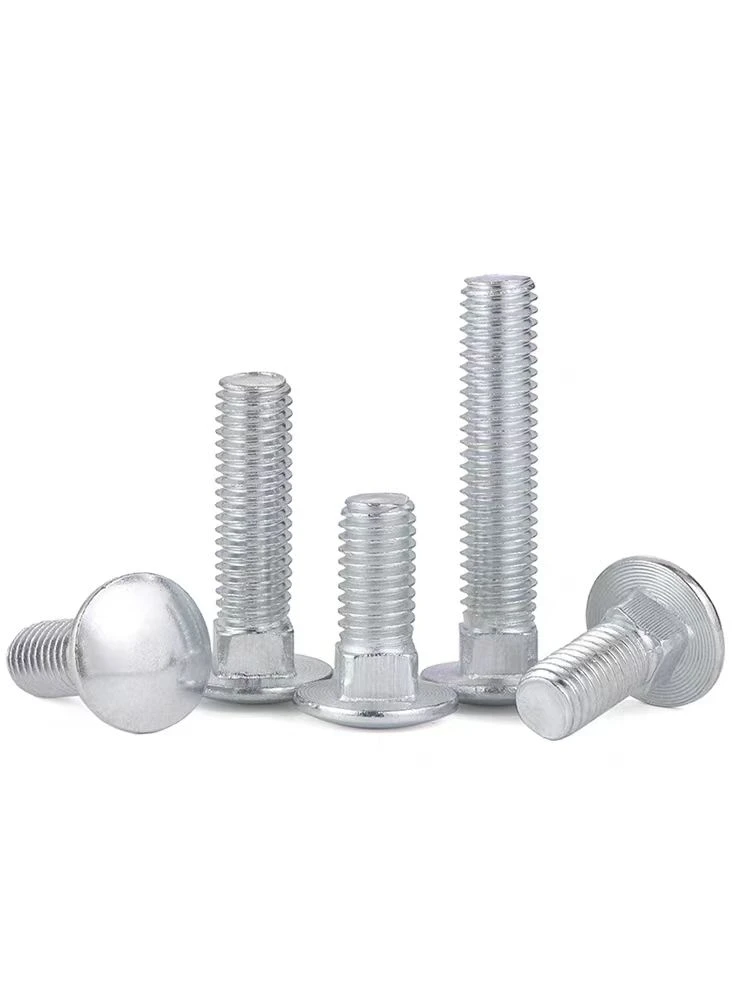

Understanding the Applications and Benefits of Thick Washers in Engineering Projects
Nov . 10, 2024 10:46 Back to list
Understanding the Applications and Benefits of Thick Washers in Engineering Projects
Thick Washers Importance, Applications, and Selection Guide
In a world where precision and reliability are paramount, thick washers play a vital role in a multitude of applications across various industries. These seemingly simple components are crucial for ensuring stability and performance in mechanical assemblies, offering both structural integrity and load distribution.
What Are Thick Washers?
Thick washers, also known as spacers or shim washers, are flat, circular metal or plastic discs designed to be placed between a nut or bolt and the surface of an object. Their primary purpose is to distribute the load of a screw or bolt across a larger area, which helps prevent damage to the surface being fastened and the components themselves. Thick washers come in various sizes, materials, and thicknesses, enabling them to meet specific mechanical requirements.
Importance of Thick Washers
The significance of thick washers cannot be overstated. They serve several crucial functions
1. Load Distribution One of the primary functions of a thick washer is to spread the load exerted by a bolt or nut over a larger surface area. This distribution minimizes the risk of damage to materials, especially softer surfaces, and prevents deformation.
2. Surface Protection Thick washers act as a protective barrier between the fastener and the surface it contacts, which is particularly important in applications involving softer materials like aluminum or plastic. This prevents scratches, indentations, and other forms of wear.
3. Alignment In assemblies where parts must be positioned accurately, thick washers can help maintain alignment by providing a consistent height and spacing between components.
4. Vibration Damping Thick washers can absorb vibrations, reducing wear and tear on fasteners and connected components, which is essential in high-vibration environments such as automotive and aerospace applications.
thick washers

Applications of Thick Washers
Thick washers are found in a broad spectrum of applications, including but not limited to
- Manufacturing In assembly lines where machines and tools require precise fastening, thick washers provide the necessary support and stability. - Automotive Engines and other automotive components often incorporate thick washers to manage the stress and vibrations experienced during operation. - Construction Thick washers are employed in structural connections, ensuring that bolts and nuts are secure and do not damage the materials being fastened. - Aerospace In the aviation industry, where safety and reliability are crucial, thick washers ensure that fasteners maintain their integrity under extreme conditions. - DIY Projects For hobbyists and professionals alike, thick washers offer a simple solution for ensuring sturdiness in personal projects or repairs.
Selecting the Right Thick Washer
When choosing a thick washer for a specific application, several factors must be considered
1. Material Common materials include stainless steel, carbon steel, plastic, rubber, and brass. The choice of material depends on environmental conditions, strength requirements, and the nature of the connected parts.
2. Thickness The washer's thickness must correspond to the load requirements and the specific installation scenario. A thicker washer will generally provide better load distribution but may also add extra height that could affect alignment.
3. Diameter The outer and inner diameters must match the fastener size to ensure proper fit and function.
4. Corrosion Resistance In environments exposed to moisture or chemicals, it’s essential to select thick washers made of corrosion-resistant materials to ensure longevity.
Conclusion
Thick washers may seem like minor components in the vast world of engineering and assembly, but their role is undeniably significant. Understanding their functions, applications, and selection criteria can aid in making informed decisions, ultimately leading to more efficient and effective mechanical systems. Whether in high-stakes industries like aerospace or everyday DIY projects, thick washers are integral to ensuring the reliability and durability of numerous assemblies.
Latest news
-
Premium Fasteners Manufacturer | AI-Driven Solutions
NewsAug.01,2025
-
Hot Dip Galvanized Bolts - Hebei Longze | High Strength, Corrosion Resistance
NewsAug.01,2025
-
High-Strength Hot Dip Galvanized Bolts - LongZe | Corrosion Resistance, Custom Sizes
NewsAug.01,2025
-
Best Self Tapping Screws for Drywall - Fast & Secure Installation
NewsJul.31,2025
-
High-Strength Hot Dip Galvanized Bolts-Hebei Longze|Corrosion Resistance&Customization
NewsJul.31,2025
-
Hot Dip Galvanized Bolts-Hebei Longze Metal Products|Corrosion Resistance&High Strength
NewsJul.31,2025

